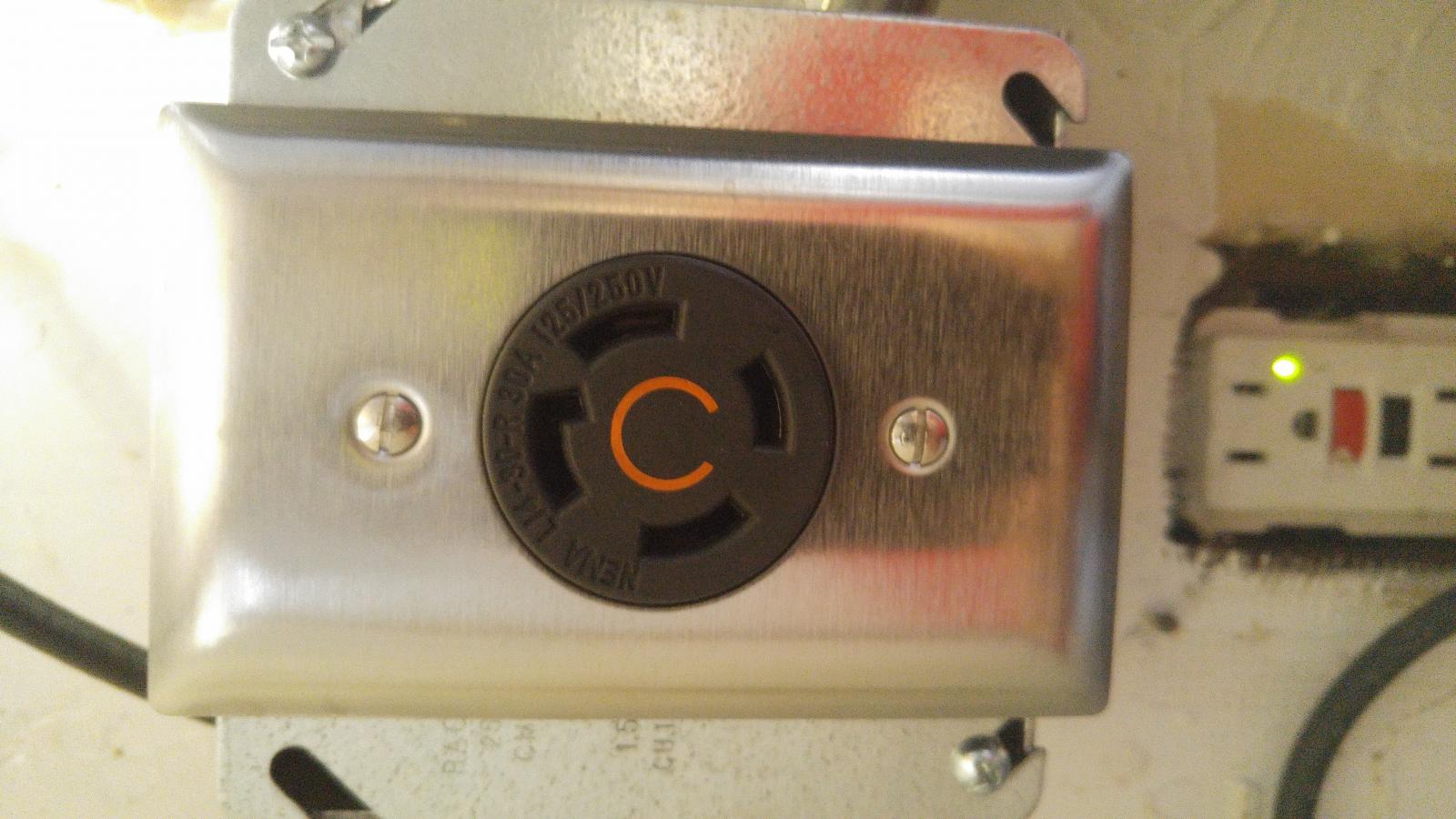quaboagbrewing
Well-Known Member
2 steps forward.....perhaps 1 step back. So as of this afternoon I have a 240V 30A outlet installed in the garage. That's the 2 steps forward as it gets me closer to building out the electric brew house. The 1 step back is that I now wish I had gone with a GFCI breaker. In any case I now have a NEMA L14-30-R 125/250V outlet installed. Is my only option at this point an inline GFCI cord which appear to run around $200 or is there a different option that I am not considering. If I have to spend the $200 so be it......but want to make sure I understand all my options before deciding how to best GFCI protect this. I'll be using this to power a controller for a 20 gallon E-BIAB system (leaning towards this one: http://jaggerbushbrewing.com/BBR-10_p_63.html). Any feedback as always greatly appreciated.























































![Craft A Brew - Safale S-04 Dry Yeast - Fermentis - English Ale Dry Yeast - For English and American Ales and Hard Apple Ciders - Ingredients for Home Brewing - Beer Making Supplies - [1 Pack]](https://m.media-amazon.com/images/I/41fVGNh6JfL._SL500_.jpg)






